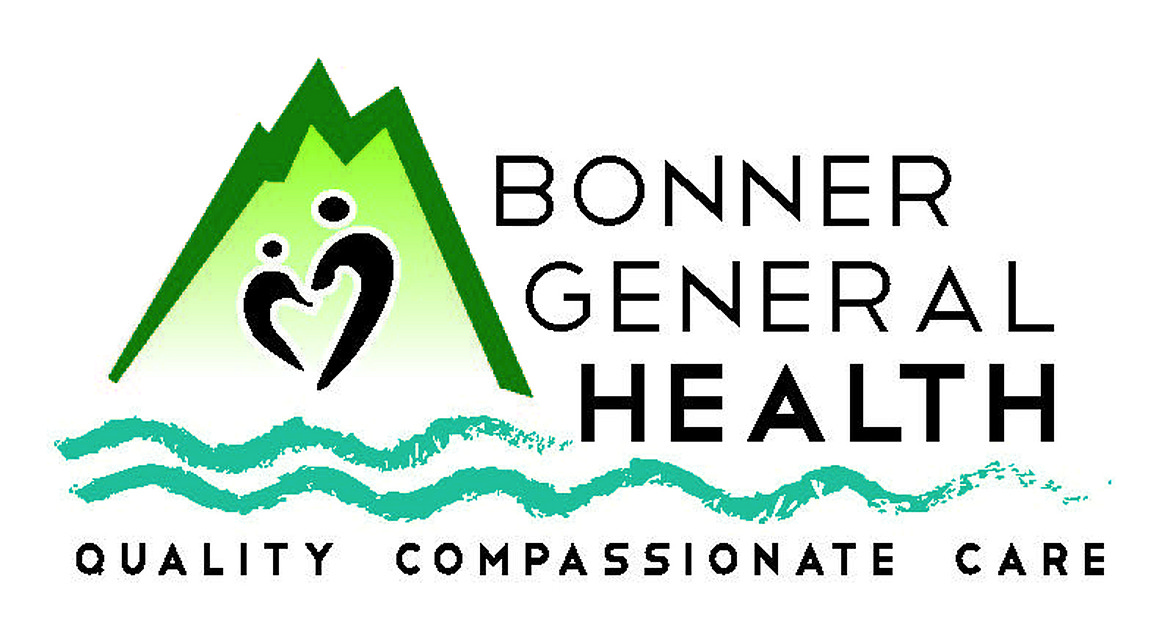Healthy bones and joints matter
The human body has more than 200 bones, with more than 200 joints connecting them. Unless we suffer an injury or develop a disorder, we don’t pay much attention to them – even though they allow us to walk, dance, swim, jump, climb and brush our teeth.
According to the United States Bone and Joint Initiative, more than half of Americans over 18 experience bone and joint problems. “For adults 65 and older, that number jumps to three in four Americans. Bone and joint problems are the most common cause of chronic pain and physical disability worldwide,” they say.
Frisbie Memorial Hospital is in New Hampshire; their website, www.frisbiehospital.com, explains that besides giving our bodies structure, bones protect our organs (think heart and brain) and are also a storage center for nutrients such as calcium.
“Joints, where two bones meet, make us flexible and able to move. Your knees, hips, wrists, elbows, and ankles are all examples of joints. Your joints have cartilage (connective tissue) that cushions your bones and keeps them from rubbing together.
“Unhealthy bones become weak and are more likely to break. Keeping your joints healthy is just as important, as joints help you stay active and avoid pain,” Frisbie says.
WebMD explains that cartilage, synovium and a lubricant called synovial fluid cushions the joints, so bones don’t rub together. Increasing age, injury, or carrying extra weight can wear and tear the cartilage which in turn damages the joints.
No surprise here, but every website I looked at advises us to get on the scale. WebMD says that for every pound gained, a person puts four times more stress on the knees.
The medicos at Frisbie extoll the virtues of exercise. “Exercise has so many benefits, including improving your joint health,” they say. “Physical activity increases circulation in your joints, which helps speed up repair and recovery. Exercise can also help you reach or maintain healthy weight.”
Even though you’ve heard this many times, it’s important to get up and move around. You sit at your computer, you sit in your car, you sit in front of the television – stop it. Get up. Go for a walk. Do a few jumping jacks. Even if you do something as simple as standing up while talking on the phone, you’re helping your joints.
And, how you sit is important. Be sure you aren’t slouching. WebMD says that good posture helps guard your hip joints and back muscles. “Posture is also important when lifting and carrying. When lifting, use the biggest muscles in your body by bending at the knees instead of bending your back.”
Also at the top of the must-do lists is to make sure your diet includes getting enough calcium and vitamin D. Frisbie explains:
“A framework of collagen (a protein) and the mineral calcium phosphate make up our bones. Calcium makes bones hard and strong. Bones store calcium, and they can release it into the bloodstream when other areas in the body need it. The nutrients in dairy products, eggs, vegetables, and fish improve bone health.
‘If you’re not getting enough calcium through food or supplements, your bones will donate more and more calcium to other parts of your body. If this happens too often, your bones may become weaker and more likely to break.”
Vitamin D helps the body absorb the calcium. Dairy products are often fortified, and your healthcare provider can recommend the daily requirement for you. There are also studies that recommend adding vitamin C and other antioxidants which can help to keep your joints healthy. I’m sure you remember me telling you that it’s best to get vitamins and minerals from the food we eat, right? So, grab an orange.
“Sometimes joints can get inflamed and sore,” Frisbie says, “especially if you do a lot more activity than usual. Cool your painful joints with an ice pack or a bag of frozen vegetables to bring down the inflammation.”
And, last but certainly not least, if your pain isn’t getting any better, or it’s getting worse, call your primary healthcare provider. The medico can suggest treatments to help you not only get better, but to prevent future bone and joint issues.
Kathy Hubbard is a member of the Bonner General Health Foundation Advisory Council. She can be reached at kathyleehubbard@yahoo.com.



